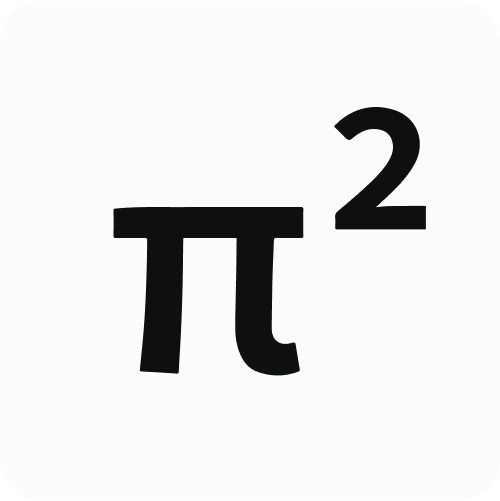Revolutionizing Blockchain Interoperability: Insights from Pi Squared and Wormhole
Pi Squared and Wormhole unveiled the integration of our Universal Settlement Layer (USL) into Wormhole's Native Transfer Token (NTT) Framework.

In a joint workshop during Devcon, Pi Squared and Wormhole unveiled the integration of the Universal Settlement Layer (USL) into the Wormhole Native Transfer Token (NTT) Framework. Together we provided a compelling integration that highlighted the transformative implications of the USL—a modular and universal protocol set to redefine blockchain interoperability. By leveraging Pi Squared’s USL and Wormhole’s advanced NTT framework, developers and blockchain enthusiasts are now equipped with tools to achieve unprecedented scalability, security, and efficiency in cross-chain communication.
Watch our workshop with Wormhole:
Tackling Cross-Chain Complexities
Ossie Amir, Global Integrations Lead at the Wormhole Foundation, opened by addressing one of blockchain’s most persistent challenges: the fragmentation and complexity of cross-chain operations. With hundreds of blockchain networks, rollups, and diverse runtime environments, establishing seamless communication and trust across these ecosystems has remained a daunting task.
The USL was introduced as an elegant solution to this problem. This modular framework empowers developers to tailor security models, performance metrics, and trade-offs to their specific needs. By decoupling the messaging and verification layers, the USL achieves a secure and efficient architecture that simplifies the development of scalable blockchain applications. This separation not only ensures robust security but also enhances the adaptability of blockchain systems to evolving technological demands.
The Universality Advantage
A standout feature of the USL is its universal compatibility, which removes long standing barriers to blockchain adoption. Developers can use any programming language, from Solidity to Python, making blockchain development more accessible to a diverse pool of talent. Additionally, the USL supports a wide array of proof mechanisms—ranging from zero-knowledge proofs to traditional mathematical validations—allowing developers to choose the best-suited tools for their projects.
This universality has profound implications. By democratizing blockchain development, the USL not only broadens the talent base but also accelerates innovation. The ability to integrate a variety of languages and proofs fosters collaboration and creativity, enhancing the scalability and utility of blockchain technology across industries.
Real-World Applications and Vision
The joint workshop showcased USL’s integration with Wormhole’s transceiver technology, emphasizing practical applications such as seamless cross-chain token transfers. The demo led by Pi Squared Chief Architect, Yi Zhang, highlighted USL’s robustness, efficiency, and potential to drive real-world adoption of blockchain solutions.
Pi Squared and Wormhole’s shared vision extends beyond technical integration. Their commitment to universal compatibility and modularity positions the USL as a cornerstone for attracting millions of Web2 developers into the Web3 space. By lowering the barriers to entry and providing a flexible, developer-friendly framework, the USL aims to revolutionize application development and deployment in decentralized ecosystems.
Shaping the Future of Blockchain Interoperability
Pi Squared’s Universal Settlement Layer represents a significant leap forward in blockchain technology. Eliminating programming language and proof mechanism constraints, the USL sets a new standard for secure, scalable, and efficient blockchain interoperability. Backed by rigorous formal semantics and a commitment to universality, this modular approach paves the way for a more interconnected, trustless, and innovative blockchain ecosystem.
For developers, enterprises, and blockchain enthusiasts, the USL offers a compelling framework to unlock the full potential of decentralized applications. As the blockchain landscape continues to evolve, innovations like the USL will play a pivotal role in shaping the future of interconnected digital infrastructure.
We invite developers, integrators, and members of the blockchain community to explore this integration further. Reach out to the Pi Squared team to learn more, and discover how you can leverage these advanced inter-chain operations in your own projects.

